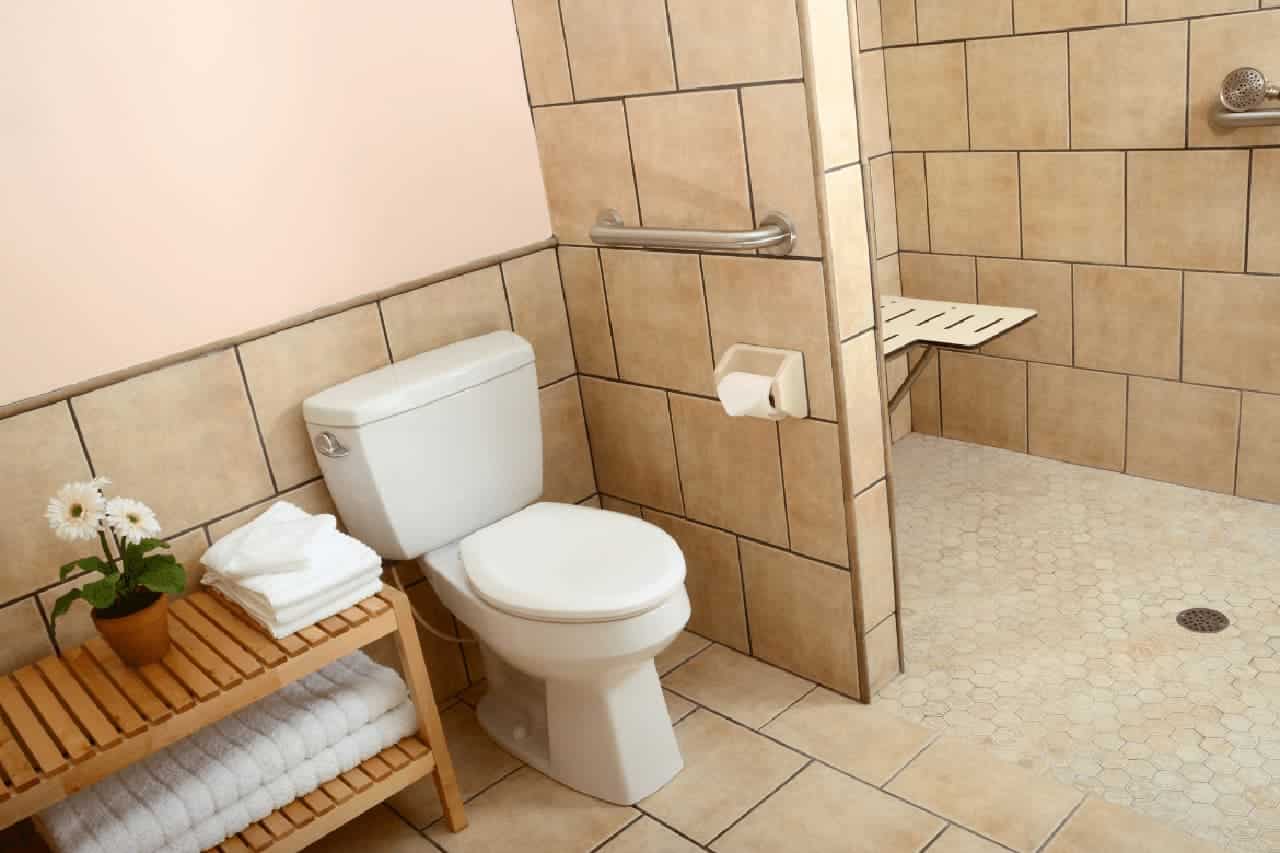Bathrooms can be one of the most hazardous areas in a home, especially for seniors. Conducting in-home bathroom safety assessments is crucial to prevent accidents and ensure the safety and independence of elderly individuals. This article will explore the importance of these assessments, their key components, and how they can be effectively implemented.

The Importance of Bathroom Safety
For many seniors, the bathroom is a place of potential danger. Wet floors, slippery surfaces, and hard-to-reach items can create a risky environment. According to a study by the Centers for Disease Control and Prevention (CDC), one in four elderly people falls each year, and bathrooms are a common location for these accidents. This makes in-home bathroom safety assessments vital for minimizing risks.
Key Components of a Bathroom Safety Assessment
Identifying Hazardous Areas
The first step in a bathroom safety assessment is to identify potential hazards. This includes checking for slippery surfaces, loose rugs, and inadequate lighting. Additionally, assessing the accessibility of essential items such as towels, toiletries, and emergency supplies is crucial.
Evaluating Bathroom Fixtures
Proper evaluation of bathroom fixtures is essential. This involves checking the stability of grab bars, shower seats, and toilet aids. Ensuring that these fixtures are securely installed can prevent falls and provide support for seniors with limited mobility.
Lighting and Visibility
Adequate lighting is crucial in preventing falls. During an assessment, ensure that the bathroom is well-lit, especially at night. Consider installing motion-sensor lights or nightlights to enhance visibility. For more tips on improving lighting, visit Better Lighting.
Non-Slip Solutions
Implementing non-slip solutions is a key component of a safety assessment. This includes installing non-slip mats in the shower or tub and using adhesive strips on the floor. These measures significantly reduce the risk of slips and falls.
Implementing the Assessment: A Step-by-Step Guide
Step 1: Initial Inspection
Begin by thoroughly inspecting the bathroom. Look for any visible hazards, such as water puddles, loose tiles, or clutter. Take note of areas that require immediate attention.
Step 2: Consult a Professional
Consider hiring a professional who specializes in in-home bathroom safety assessments. They have the expertise to identify hidden dangers and provide tailored solutions. For guidance, check out our Safety Equipment Installation page.
Step 3: Implement Safety Measures
Based on the assessment, implement the necessary safety measures. This may include installing grab bars, securing rugs, and improving lighting. Ensure that all changes are made with the senior’s comfort and safety in mind.
Step 4: Regular Reassessments
Safety assessments should not be a one-time task. Regular reassessments are essential to adapt to changing needs and address new hazards. Encourage caregivers and family members to participate in these evaluations. For more tips, visit Caregiver Tips.
Benefits of a Safe Bathroom Environment
Creating a safe bathroom environment offers numerous benefits for seniors. It enhances their independence, reduces the risk of injuries, and provides peace of mind for both the elderly and their families. A well-assessed bathroom allows seniors to maintain their dignity and confidence in their daily routines.

FAQs About In-Home Bathroom Safety Assessments
1. Why are bathrooms particularly dangerous for seniors?
Bathrooms pose a high risk due to wet surfaces, slippery floors, and the presence of hard fixtures. These factors increase the likelihood of slips and falls.
2. How often should a bathroom safety assessment be conducted?
It’s recommended to perform assessments annually or whenever there are changes in the senior’s mobility or health condition.
3. Can I conduct a bathroom safety assessment myself?
While it is possible to conduct a basic assessment yourself, hiring a professional can provide a more comprehensive and detailed evaluation.
For further information on bathroom safety for seniors, visit Bathroom Safety for Older Adults.
This article contains affiliate links. We may earn a commission at no extra cost to you.

